Search
Friday, March 15, 2019, First Parish, Wayland
Saturday, March 16, 2019 Emmanuel Church, Boston
Quartet in C Major, Hob. III 32 (op. 20, no. 2) Joseph Haydn (1732-1809)
Allegro moderato • Capriccio (Adagio)
Menuetto (Allegretto) • Fuga a quattro sogetti (Allegro)
String Quartet no. 6 in A Major, Kr. 196 Carl Ditters von Dittersdorf (1739-1799)
Moderato • Menuetto (Larghetto) • Finale (Presto)
Intermission
Quintet in F Major for flute and strings Johann Baptist Vanhal (1739-1813)
Allegro • Menuetto• Presto
String Quartet in Bb Major, K. 458 Wolfgang Amadeus Mozart (1756-1791)
Allegro vivace assai • Menuetto (moderato)
Adagio • Allegro assai
Suzanne Stumpf, classical flute
Sarah Darling, violin and viola; Fiona Hughes, violin
Marcia Cassidy, viola; Daniel Ryan, cello
The Boston concert is dedicated to the memory of Harriet S. Carey through
a gift by John A. Carey to OPR’s Fund for the Future.
The Wayland concert is presented in cooperation with First Parish, Wayland
and the Wayland Historical Society and Museum.
This program is funded, in part, by the Wayland Cultural Council and the Massachusetts Cultural Council, a state agency.
We thank Whole Foods and First Parish for their contributions to the Wayland reception.
Program Notes
First Violin: Haydn Violoncello: Vanhal
Second Violin: Baron Dittersdorf Viola: Mozart.
“I was there, and a greater treat, or a more remarkable one, cannot be imagined.”
So wrote Irish tenor Michael Kelly about a house concert in 1784 in his Reminiscences (published in 1826). Envisioning this convivial scene and the exchange of musicianship and wit was our inspiration for this program. In Vienna in the 1780s, Enlightenment thinking was growing and spreading. Our four featured musicians were busy with their inventive composing and entrepreneurial efforts. The rise of the freelance musician and establishment of subscription concert series were increasingly a part of the culture. And, in the chamber music writing itself, the evolving equality of voices and conversational elements began to epitomize the genre.
Along with Boccherini, Haydn is credited with the invention of the string quartet. In his set of six quartets, op. 20, composed in 1772, Haydn defined the nature of the string quartet and re-defined chamber music with his equality of roles among the four voices. No longer was the fi rst violin dominant—instead he established a special interplay of instruments that Goethe described as “four rational people conversing.” His op. 20 no. 2 quartet is revolutionary in its opening with the theme fi rst presented by the cello. The rest of the quartet is groundbreaking in many other ways, including the unusual feature of a rhapsodic Capriccio that contrasts dramatic, quixotic unisons with yearning, tender solo episodes. The minuet also defies convention with its droning, musette quality that ties pitches across measures to craftily suspend the pulse of this dance movement. In the work’s finale, Haydn makes use of the fugue as he does in two other quartets in this opus,
signaling an adamant rejection of the rise of the more simple galant style. In his scores, he even writes comments about specific formal structures while simultaneously imbuing the movements with dramatic Sturm und Drang (storm and stress) elements. The C Major quartet’s fugue begins with four subjects and is marked sotto voce (in quiet voice). Eventually after many skilled fugal maneuvers, he thins the texture to two parts, after which the writing bursts into climbing and cascading sixteenth note passages marked forte in a race to the end of the work. In the original manuscript, Haydn playfully wrote over this passage, “Laus. Omnip. Deo. Sic fugit amicus amicum” (Praise. Omnipotent. Lord. Thus one friend flees another). For today’s concert, we perform the work in an anonymous period arrangement for flute with string trio.
Carl Ditters von Dittersdorf was an Austrian violinist and composer who enjoyed a long career in the employment of nobility in Vienna and at various courts in Bohemia. A prolific composer who wrote in many genres, his works were extremely well-received during his lifetime. His quartets, unlike those of Haydn and Mozart, generally followed a three-movement format. His quartet in A Major is replete with bold novelties. The opening Moderato includes modulations to fi ve different keys and makes use of striking pizzicato effects. The Minuet has the unusual feature of a duple meter section, and the Finale (a truncated rondo form) incorporates a fugue in one of its sections.
Bohemian-born Johann Baptist Vanhal was a popular composer of chamber music and symphonies. His music was admired by Mozart, Haydn, and Beethoven. Some of his symphonies were so successful that within a few years of being written, they were performed as far away as in the United States. He came to Vienna around 1761 where he was assisted by Dittersdorf in finding employment. Vanhal became a consummate freelance musician, contributing copious compositions that were issued by many publishers, stimulating both the public and industry at large. Because he never held a court or church appointment and had no heirs, autographs of his works are rare. Our chosen quintet with its conversational texture is but one example of the many colorful combinations of instruments for which he wrote.
Mozart’s six quartets dedicated to Haydn were begun in 1782, completed in 1785, and described in his dedication as “the fruits of a long and laborious endeavor,” a claim proven by the many sketches and corrections in the autograph manuscript. The influence of Haydn’s quartets on these works is evident in the fully integrated musical discourse among the instruments. The “Hunt” quartet is named for its 6/8 meter first movement resembling the “caccia”or horn call type of the period. Throughout the piece, melodies and motifs are frequently and organically passed from instrument to instrument.
—Suzanne Stumpf and Daniel Ryan




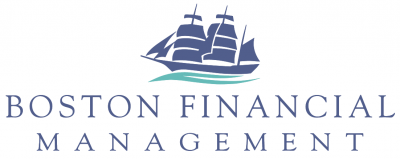
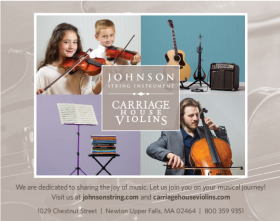

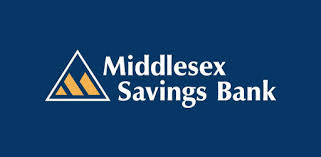
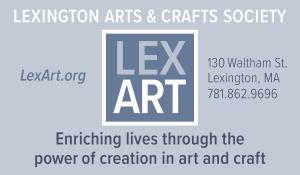
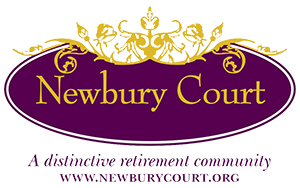

Daniel Ryan and Suzanne Stumpf, Artistic Directors
349 Boston Post Road, Weston, MA 02493
tel. (781) 466-6694
All content © Musicians of the Old Post Road
Privacy Policy
Terms & Conditions
